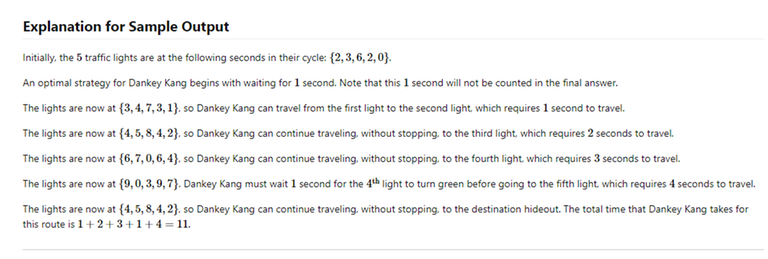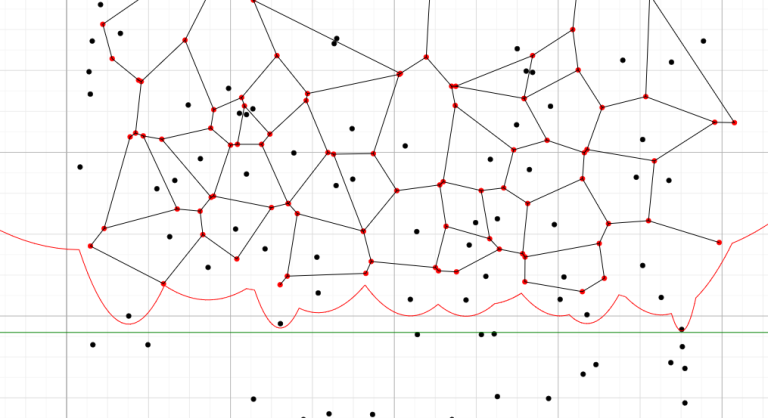It seems that the last few days the submission pages of Codeforces have become really unstable. Navigating to one often gives the page: "Oops! Probably Codeforces can't be reached right now or your Internet connection is broken. You can try:".
After a few refreshes, eventually the page loads and the submission can be looked at, but this is annoying and probably also not nice for Codeforces as people will refresh pages a lot. I confirmed this problem with multiples users. Can something be done about this? Pinging MikeMirzayanov









 Left halve solution for $$$n=15$$$.
Left halve solution for $$$n=15$$$. Solution for middle toy and $$$n=15$$$.
Solution for middle toy and $$$n=15$$$. Full solution for right halve for $$$n=15$$$.
Full solution for right halve for $$$n=15$$$.


 You can check it out here:
You can check it out here: 
